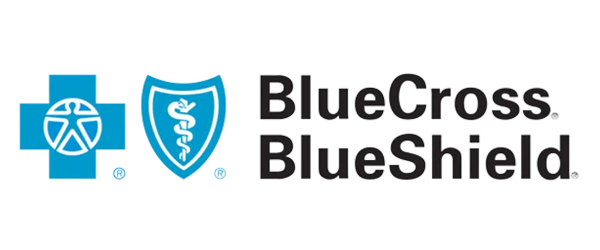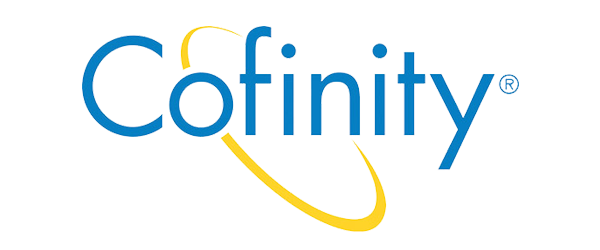The main difference between bipolar 1 and 2 is the severity and duration of manic symptoms. Both disorders can negatively impact your quality of life when left untreated. However, understanding the differences can help you get effective treatment for your symptoms.
According to the National Alliance on Mental Health (NAMI), 2.8% of US adults have bipolar disorder. North Atlanta Behavioral Health offers outpatient mental health treatment for bipolar and other mental health disorders. Visit our admissions page today to get started.
The Differences Between Bipolar 1 and 2 (Symptoms + Duration)
Bipolar 1 and 2 differ primarily in the severity as well as the duration of manic symptoms.
Bipolar disorder is characterized by phases of manic and depressive symptoms:
- Manic symptoms make you feel energized, alert, self-important, and impulsive.
- Depressive symptoms make you feel sluggish, tired, hopeless, and irritable.
Whether you have bipolar 1 or 2—or a rare, third type called “cyclothymic disorder“—depends on how manic vs depressive cycles present themselves. However, when diagnosing bipolar 1 versus bipolar 2, a psychiatrist will consider the way you experience mania.
Manic Symptoms
Manic symptoms of both bipolar 1 and 2 include the following:
- Abnormally upbeat and elated
- High levels of energy
- Increased activity
- Inflated sense of self-importance
- Exaggerated self-confidence
- Racing thoughts
- Rapid or pressured speech
- Easily distracted
- Impulsive and poor decision-making
- Decreased need for sleep
With bipolar 1 disorder, you’ll have more severe symptoms of mania. But, if you have bipolar 2, you’ll have a less severe form of mania called “hypomania.”
Hypomania vs Mania (What Is the Difference?)
Hypomania is the type of mania experienced by those with bipolar 2 disorder.
It is less severe than the manic cycle of bipolar 1 disorder. Therefore, if you have bipolar 2, you’ll have hypomania instead of full mania.
While hypomania results in a noticeable change in mood and energy, your behaviors won’t be as out of control. In other words, you and those around you will notice a change, but it won’t disrupt your relationships, job, or schooling. And you won’t engage in reckless behavior leading to negative long-term consequences.
However, manic symptoms from bipolar 1 can lead to significant problems in life. You could even struggle with psychosis—or a loss of touch with reality. Many people with bipolar 1 have delusions of grandeur while some have hallucinations during their manic phase.
Duration of Symptoms
Another defining characteristic of bipolar 1 and 2 is the duration of symptoms.
The manic symptoms of bipolar 1 disorder last at least one week for a diagnosis. However, hypomanic symptoms of bipolar 2 disorder last at least 4 days for a diagnosis.
Furthermore, a manic or hypomanic phase can last several weeks or even months.
Depressive Symptoms
Depressive symptoms also appear differently among those with bipolar 1 and 2.
If you have bipolar 1 disorder, you might not even have a depressive phase. Instead, your mood typically shifts from manic to hypomanic states. Still, some people with bipolar 1 do have depressive symptoms, but it is not a requirement for a diagnosis.
On the other hand, if you have bipolar 2 disorder, you’ll have phases of depression between hypomanic episodes. Depressive symptoms during bipolar 2 disorder are similar to those of major depressive disorder (MDD). In addition, at least one depressive episode mixed with at least one hypomanic episode is a requirement for getting a bipolar 2 diagnosis.
Impact of Symptoms on Everyday Life
The differences between bipolar 1 and 2 also relate to how your symptoms impact your everyday life.
The manic symptoms of bipolar 1 disorder can lead to severe dysfunction in your everyday life. You could engage in impulsive and reckless behaviors that cause long-term harm. For example, you might shop excessively—spending all of your savings and cash on hand or racking up massive amounts of credit card debt within a few days.
In addition, manic symptoms can lead to psychosis—meaning that you lose touch with reality. This can lead to erratic behavior and a 1013 involuntary admission to a psychiatric unit.
However, bipolar 2 disorder can also impact your daily life. While hypomanic states aren’t as disruptive and most people function well throughout them, the depressive states of bipolar 2 disorder can be debilitating. For instance, your performance at work and interest in relationships with loved ones can diminish.
Depressive symptoms can also be life-threatening. Suicidal thoughts and actions can occur during a depressive phase of bipolar 2 disorder.
How Are Bipolar 1 and 2 Treated?
While each person’s treatment plan will differ, both types of bipolar disorders are treated with a combination of medications, therapy, and holistic approaches.
Psychiatric medications called mood stabilizers help with manic and hypomanic states characteristic of both disorders. These medications help keep your mood even so you can engage in treatment and function in daily life.
Furthermore, antipsychotic medications reduce psychosis and can also act as mood stabilizers for those with bipolar 1 disorder.
With bipolar 2 disorder, however, you might also need an antidepressant for depressive cycles. Still, mood stabilizers alone might work to even out both hypomanic and depressive phases. However, medications work differently for everyone, so it’s best to talk to your psychiatrist about adding an antidepressant if your depressive states are severe.
Therapy—whether as an individual, in a group, or with your family—is critical to treating bipolar 1 and 2. Oftentimes, medications only help so much. Therefore, you still need to address the psychological symptoms that occur along with bipolar disorders.
Lastly, holistic therapies can add additional coping skills to treat bipolar 1 and 2. These approaches can include red light therapy, yoga, mindfulness, and nutritional counseling.
Bipolar 1 and 2 Treatment in Atlanta, GA
Bipolar disorders differ among three types—bipolar 1, bipolar 2, and cyclothymic disorder. However, bipolar 1 and 2 are the most common and severe types. At North Atlanta Behavioral Health, we offer outpatient treatment programs for all types of bipolar disorders.
Contact us today to begin bipolar disorder treatment in Atlanta, Georgia.













